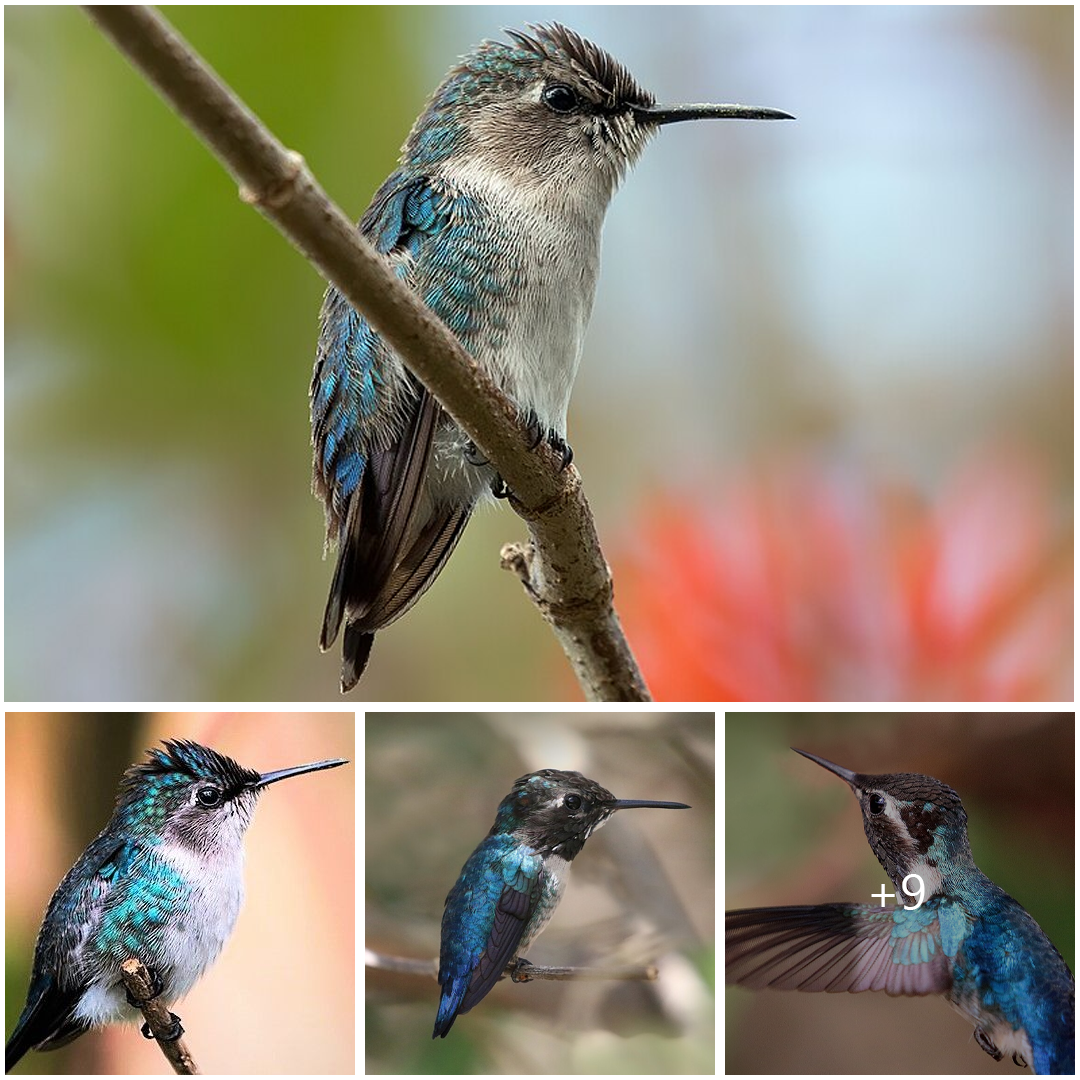
Unveiling the Marvel of Nature: Exploring the World of Mellisuga Helenae
In the lush tropical landscapes of the Caribbean, amidst vibrant blooms and verdant foliage, resides a creature of unparalleled beauty and intrigue—the Mellisuga Helenae, more commonly known as the bee hummingbird. Despite its diminutive size, this tiny avian wonder captivates the hearts of all who encounter it, offering a glimpse into the remarkable diversity of life on Earth. Let us embark on a journey to uncover the secrets of Mellisuga Helenae, delving into its characteristics, habitat, and significance in the natural world.
Identification and Appearance
The bee hummingbird holds the prestigious title of being the smallest bird species on the planet, with adults measuring a mere 2 to 2.4 inches (5 to 6 centimeters) in length and weighing less than a dime. Despite its petite stature, this bird possesses a dazzling array of colors, boasting iridescent plumage that shimmers with hues of emerald green, sapphire blue, and fiery red-orange.
Its diminutive size and remarkable agility in flight earn the bee hummingbird its namesake, as it flits effortlessly from flower to flower, sipping nectar with its slender, elongated bill. During courtship displays, male bee hummingbirds showcase their vibrant plumage and perform elaborate aerial dances, further enhancing their allure and earning them admiration from observers worldwide.
Habitat and Distribution
Native to the Caribbean islands of Cuba and Isla de la Juventud, the bee hummingbird inhabits a variety of habitats ranging from coastal regions and lowland forests to mountainous areas and cultivated gardens. Within these landscapes, it seeks out flowering plants rich in nectar, which serve as essential food sources for sustaining its energy-intensive lifestyle.
While the bee hummingbird’s range is relatively restricted, its adaptability to diverse habitats allows it to thrive in both natural and human-altered environments. However, habitat loss and degradation pose significant threats to its survival, emphasizing the importance of conservation efforts aimed at preserving the ecosystems upon which it depends.
Feeding Behavior and Diet
As a nectarivorous species, the bee hummingbird plays a vital role in pollination, facilitating the reproduction of numerous plant species across its range. Equipped with a specialized tongue capable of rapid extension and retraction, it laps up nectar from flowers with remarkable efficiency, while simultaneously transferring pollen between blossoms.
In addition to nectar, bee hummingbirds supplement their diet with small insects and spiders, which provide essential proteins and nutrients necessary for their survival. By foraging on a diverse array of floral and insect resources, they contribute to the ecological balance of their ecosystems while fulfilling their own nutritional requirements.
Ecological Significance
Despite its minuscule size, the bee hummingbird holds immense ecological significance as a keystone species within its native habitats. By pollinating a wide variety of plant species, it promotes genetic diversity and ecosystem resilience, ensuring the continued health and stability of Caribbean ecosystems.
Furthermore, the presence of bee hummingbirds serves as an indicator of habitat quality and environmental health, with declines in population numbers signaling potential disturbances or threats within their ecosystems. By monitoring their populations and implementing conservation measures, we can protect not only the bee hummingbird but also the myriad plant and animal species that rely on healthy ecosystems for their survival.
Conservation Status and Challenges
Despite its cultural significance and ecological importance, the bee hummingbird faces numerous threats to its survival, including habitat loss, climate change, and predation by invasive species. Human activities such as deforestation, urbanization, and agricultural expansion encroach upon its habitat, leading to habitat fragmentation and degradation.
Furthermore, the introduction of non-native predators such as rats and cats poses a significant risk to nesting bee hummingbirds, whose small size and delicate nests make them vulnerable to predation. Climate change exacerbates these threats by altering precipitation patterns and increasing the frequency and intensity of extreme weather events, further destabilizing fragile ecosystems.
Conclusion
In the intricate tapestry of life, the bee hummingbird shines as a beacon of resilience and adaptability, reminding us of the delicate balance of ecosystems and the interconnectedness of all living things. By understanding and appreciating the unique characteristics and ecological significance of Mellisuga Helenae, we can work towards a future where this tiny avian marvel continues to grace the Caribbean skies, enriching our lives and inspiring future generations to cherish and protect the natural world.





